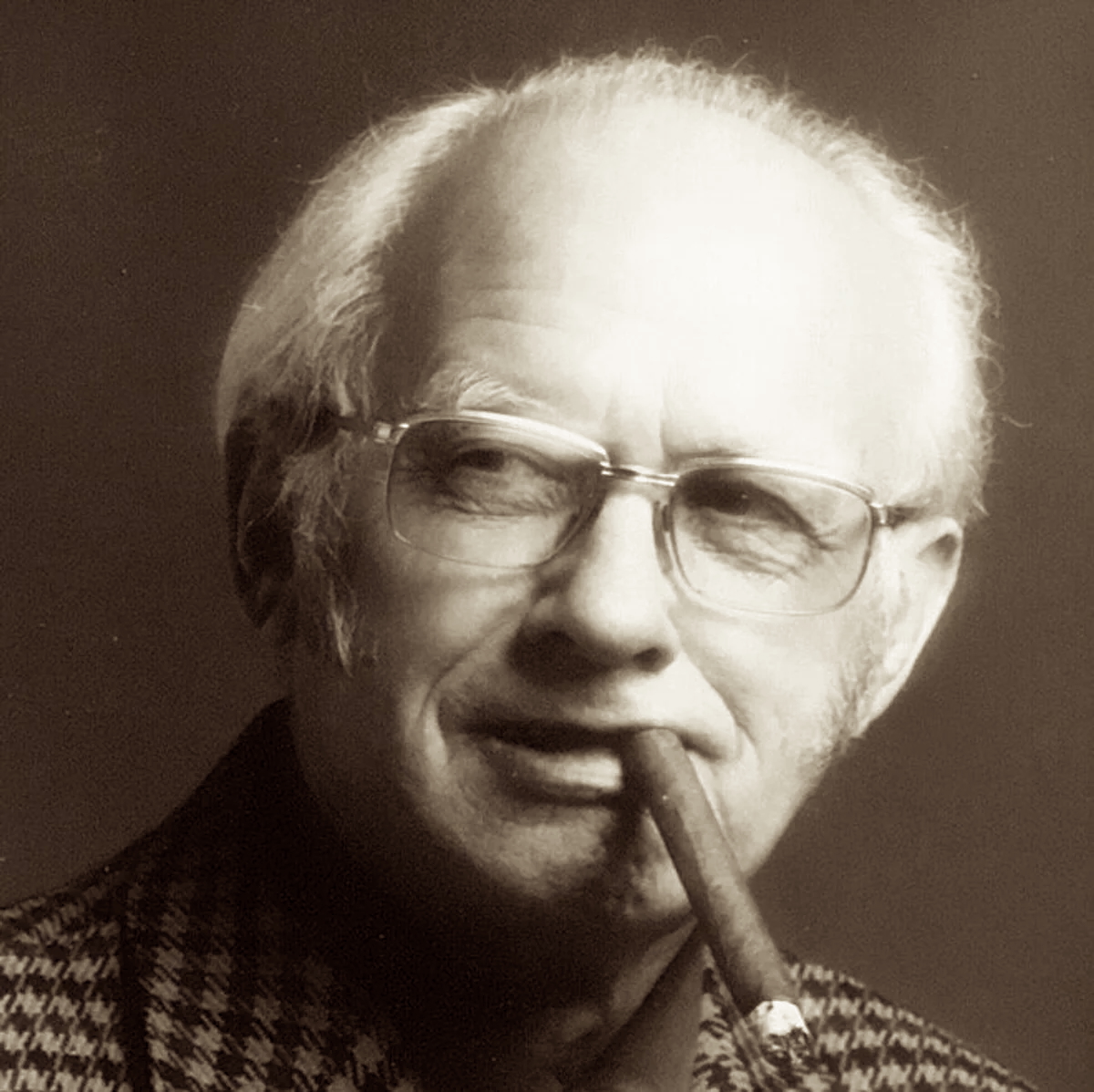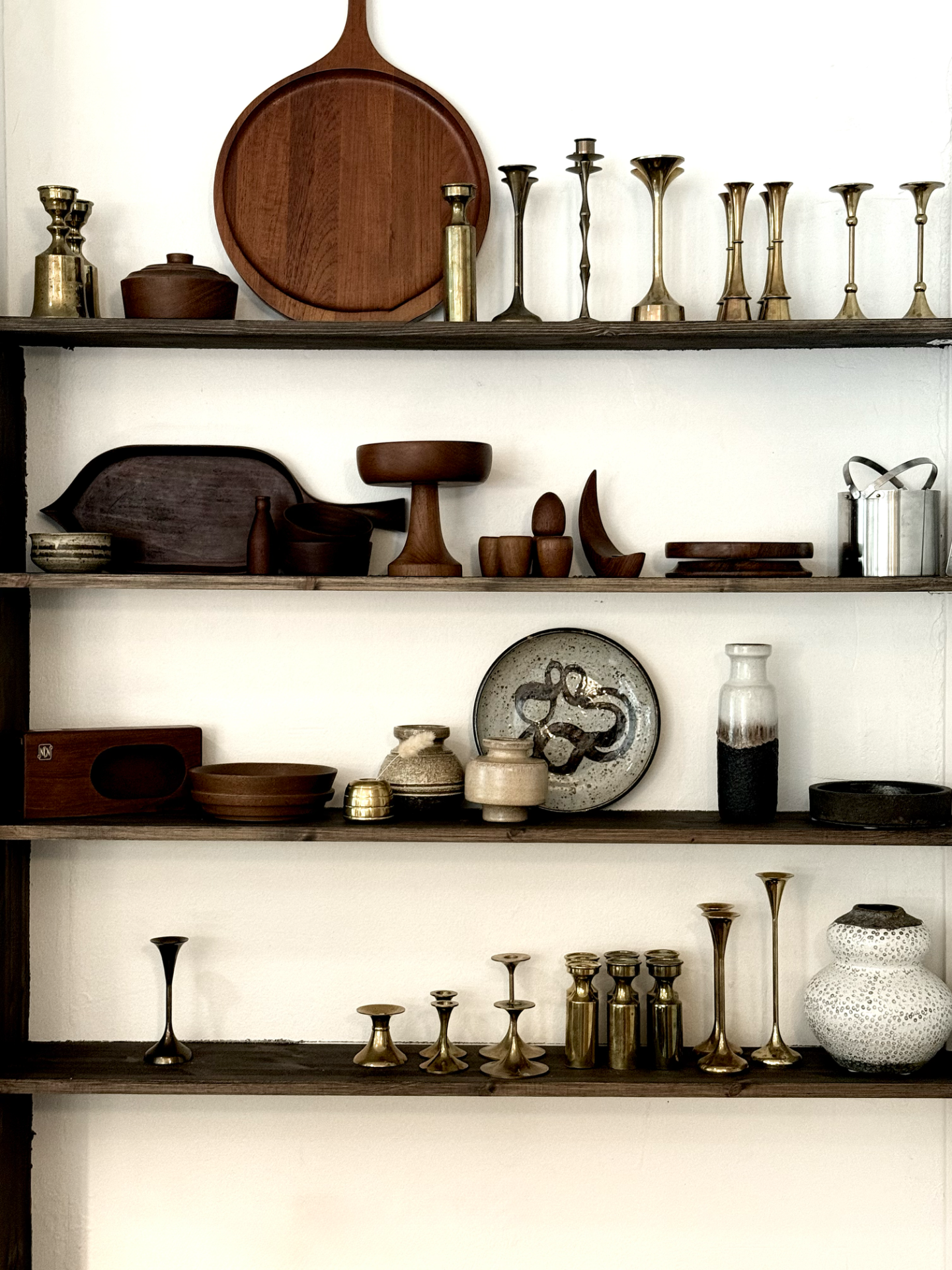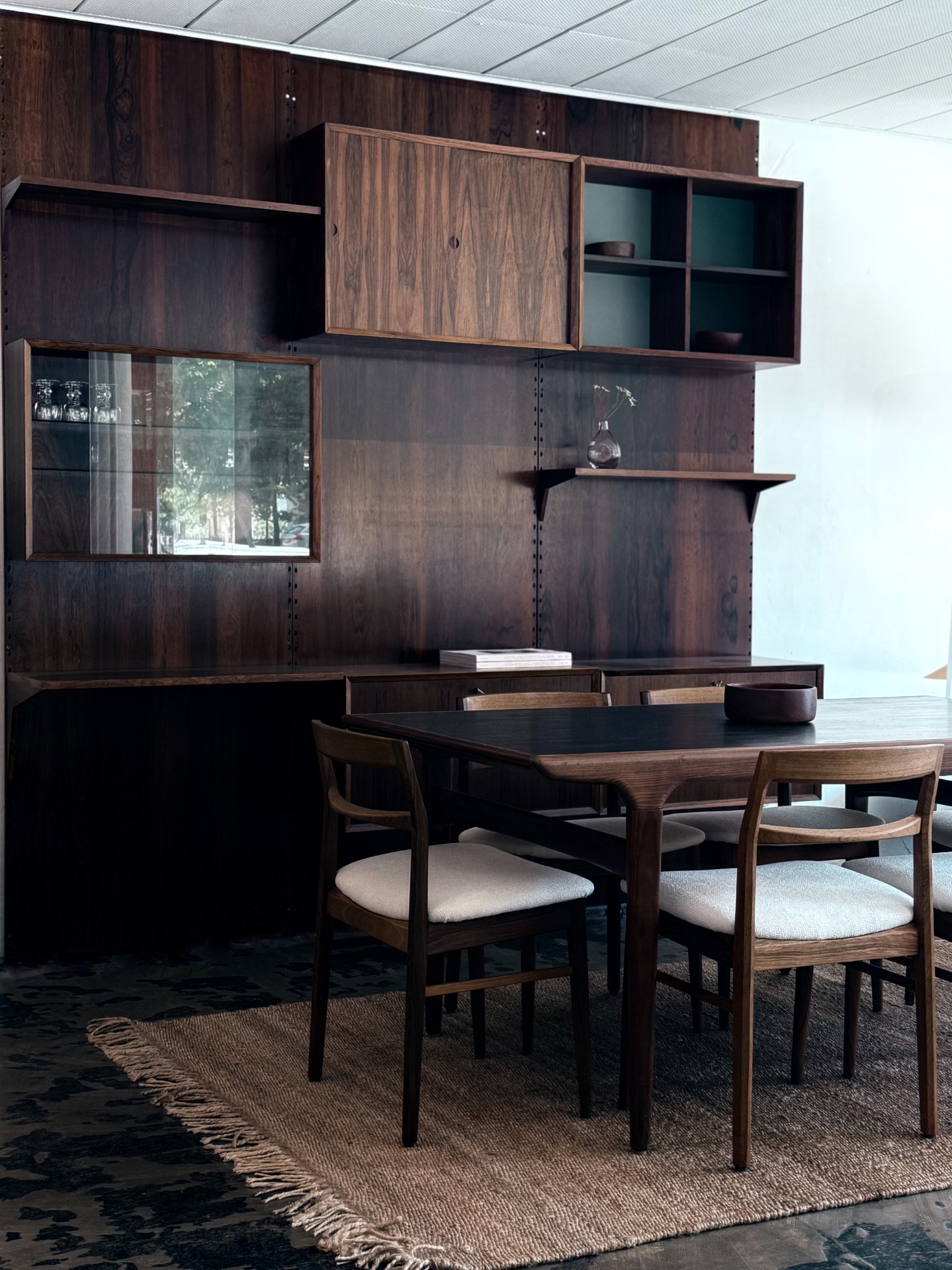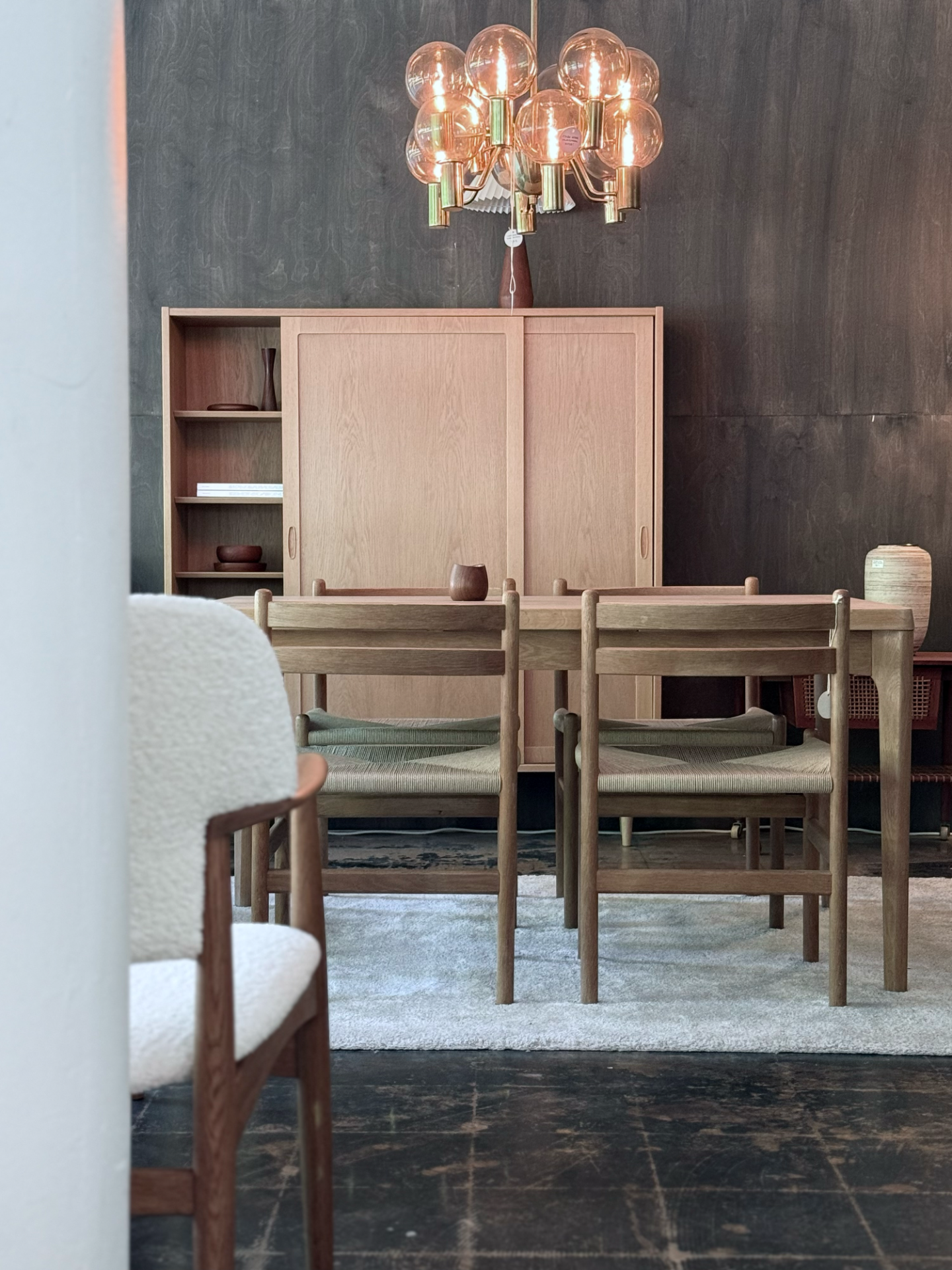Hans J. Wegner and Arne Jacobsen are names almost every admirer of Danish design will recognize. Yet one of the most prolific and versatile designers of his era has remained less known to the wider public: Kurt Østervig.
ARTIKKELIT
Timeless Home Accessories from the 1950s–70s
Danish design is celebrated worldwide for its timelessness, high-quality materials, and beautiful details. Home accessories from the 1950s–70s are a perfect example – combining practicality, aesthetics, and craftsmanship in a way that transcends time and trends.
Danish design has earned an iconic status around the globe – and for good reason. It's known for its simplicity, timelessness, and functionality, creating pieces that are not only visually appealing but also practical. But what exactly makes Danish design so exceptional?
Danish furniture design from the 1960s is known for its timeless elegance, functionality, and exceptional craftsmanship. Many of us instantly recognize the beauty of a classic teak sideboard or coffee table, as teak was by far the most common and popular wood used in furniture making at the time. But over the past year, attention has increasingly...
At Gusta Design, every piece of furniture is treated with the respect it deserves. We are passionate about ensuring that our collection is not only visually beautiful, but also technically sound and ready to serve new homes for decades to come.
At the heart of Gusta design is one man – Aleksi. I am a passionate collector of Danish vintage design, a lover of aesthetics, and an advocate for thoughtful, quality interiors. I don't just look for furniture, but for stories. Pieces with soul, timeless beauty, and a deep connection to Nordic design heritage.
We are pleased to announce that Gusta design's new online store is now open!
Gusta design is a journey into the heart of Nordic design – where timelessness, quality, and aesthetics go hand in hand.
Today, we take the next step forward and proudly present our renewed visual identity.








